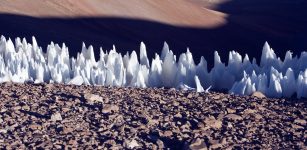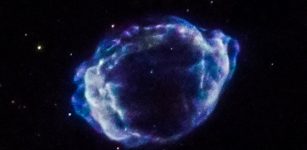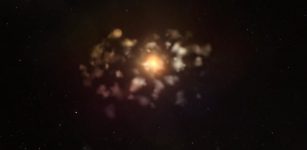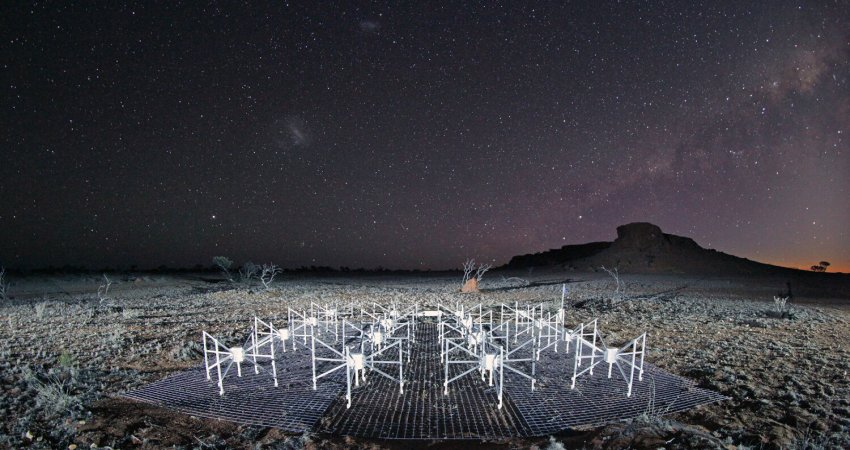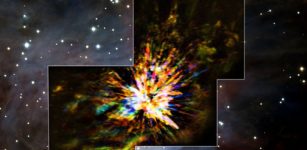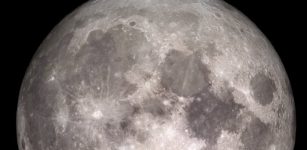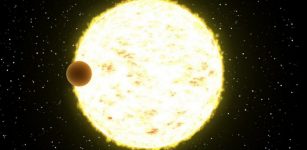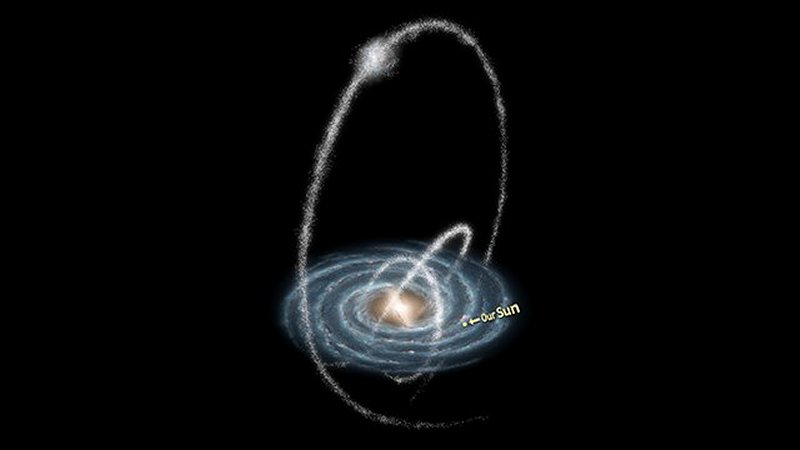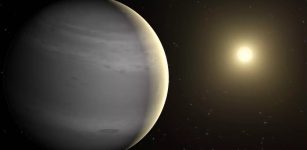NASA’s Webb Space Telescope To Inspect Atmospheres of Gas Giant Exoplanets
MessageToEagle.com – In April 2018, NASA launched the Transiting Exoplanet Survey Satellite (TESS) to locate Earth-sized planets and larger “super-Earths” orbiting nearby stars for further study. One of the most powerful tools that will examine the atmospheres of some planets that TESS discovers will be NASA’s James Webb Space Telescope.
Three different types of observations that will be conducted to provide both new scientific knowledge and a better understanding of the performance of Webb’s science instruments.
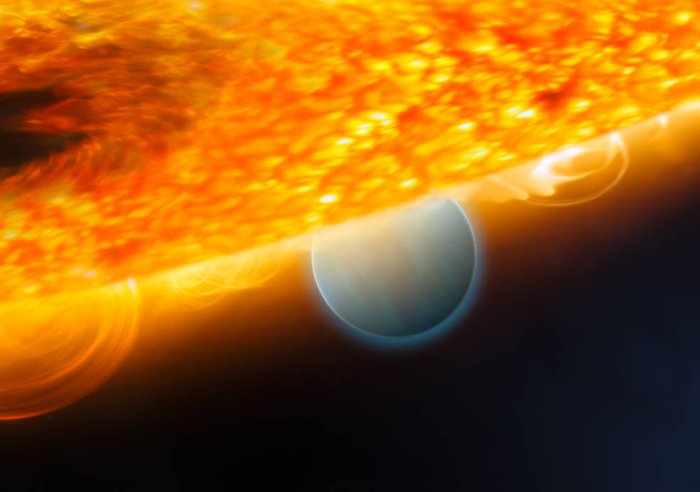
“We have two main goals. The first is to get transiting exoplanet datasets from Webb to the astronomical community as soon as possible. The second is to do some great science so that astronomers and the public can see how powerful this observatory is,” said Jacob Bean of the University of Chicago, a co-principal investigator on the transiting exoplanet project.
Transit – An atmospheric spectrum
When a planet crosses in front of, or transits, its host star, the star’s light is filtered through the planet’s atmosphere. Molecules within the atmosphere absorb certain wavelengths, or colors, of light. By splitting the star’s light into a rainbow spectrum, astronomers can detect those sections of missing light and determine what molecules are in the planet’s atmosphere.
For these observations, the project team selected WASP-79b, a Jupiter-sized planet located about 780 light-years from Earth. The team expects to detect and measure the abundances of water, carbon monoxide, and carbon dioxide in WASP-79b. Webb also might detect new molecules not yet seen in exoplanet atmospheres.
Phase curve – A weather map
Planets that orbit very close to their stars tend to become tidally locked. One side of the planet permanently faces the star while the other side faces away, just as one side of the Moon always faces the Earth. When the planet is in front of the star, we see its cooler backside. But as it orbits the star, more and more of the hot day-side comes into view. By observing an entire orbit, astronomers can observe those variations (called a phase curve) and use the data to map the planet’s temperature, clouds, and chemistry as a function of longitude.
The team will observe a phase curve of the “hot Jupiter” known as WASP-43b, which orbits its star in less than 20 hours. By looking at different wavelengths of light, they can sample the atmosphere to different depths and obtain a more complete picture of its structure.
Eclipse – A planet’s glow
The greatest challenge when observing an exoplanet is that the star’s light is much brighter, swamping the faint light of the planet. One method is to observe a transiting planet when it disappears behind the star, not when it crosses in front of the star. By comparing the two measurements, one taken when both star and planet are visible, and the other when only the star is in view, astronomers can calculate how much light is coming from the planet alone.
This technique works best for very hot planets that glow brightly in infrared light. The team plans to study WASP-18b, a planet that is baked to a temperature of almost 4,800 degrees Fahrenheit (2,900 K). Among other questions, they hope to determine whether the planet’s stratosphere exists due to the presence of titanium oxide, vanadium oxide, or some other molecule.
Habitable planets
Webb will study potentially habitable planets and planets orbiting red dwarf stars since those stars are smaller and dimmer, making it easier to tease out the signal from an orbiting planet.
“TESS should locate more than a dozen planets orbiting in the habitable zones of red dwarfs, a few of which might actually be habitable. We want to learn whether those planets have atmospheres and Webb will be the one to tell us,” said Kevin Stevenson of the Space Telescope Science Institute, a co-principal investigator on the project. “The results will go a long way towards answering the question of whether conditions favorable to life are common in our galaxy.”
MessageToEagle.com

